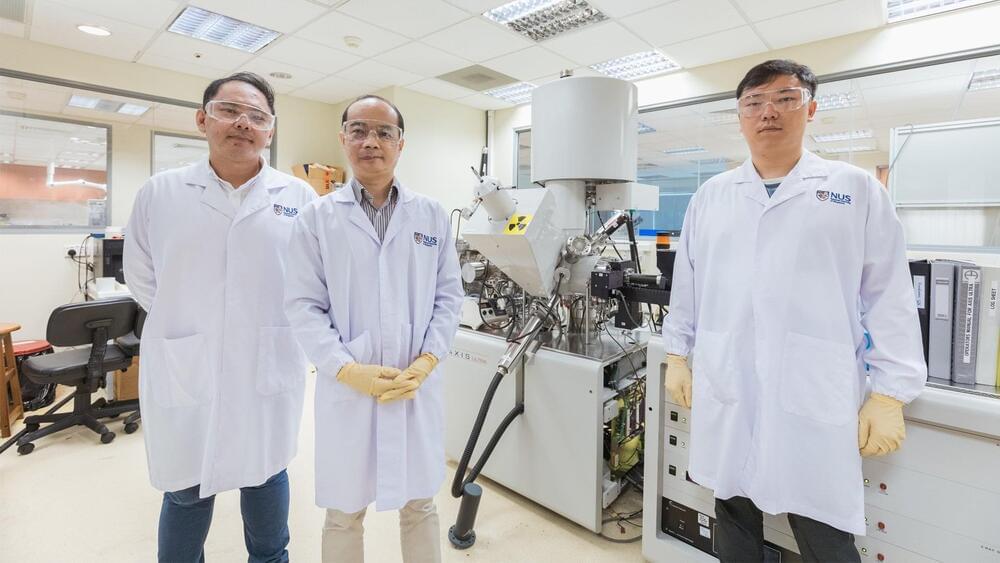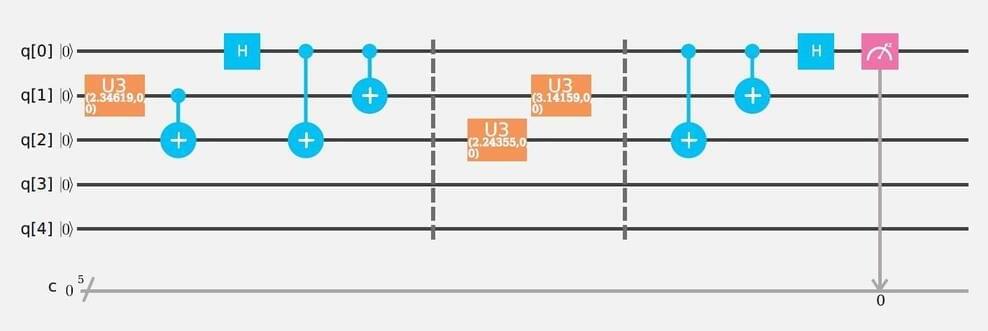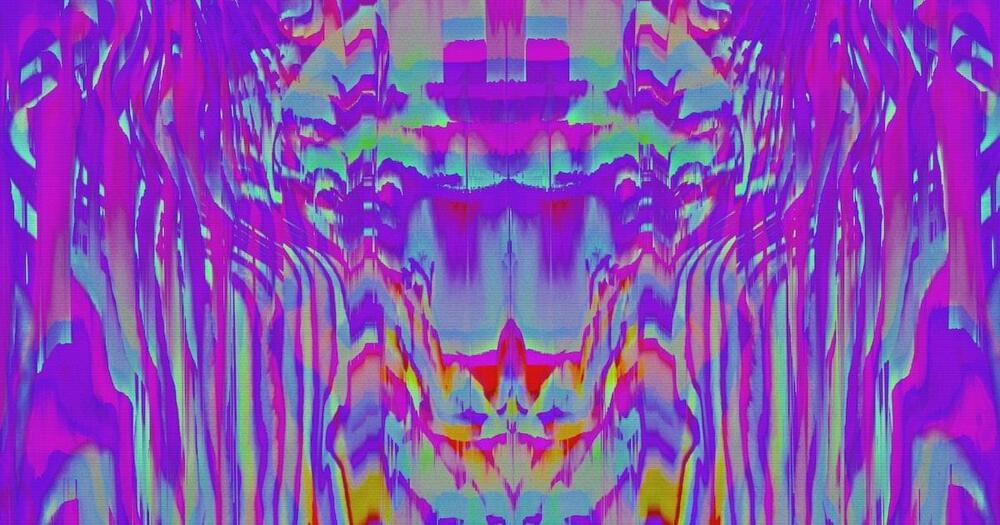We all found our coping strategies for riding out the pandemic in 2020. Biomedical engineer Gough Lui likes to tinker with tech—particularly vintage tech—and decided he’d try to recreate what it was like to connect to the Internet via dialup back in the late 1990s. He recorded the entire process in agonizing real time, dotted with occasional commentary.
Those of a certain age (ahem) well remember what it used to be like: even just booting up the computer required patience, particularly in the earlier part of the decade, when one could shower and make coffee in the time it took to boot up one’s computer from a floppy disk. One needed a dedicated phone line for the Internet connection, because otherwise an incoming call could disrupt the connection, forcing one to repeat the whole dialup process.







